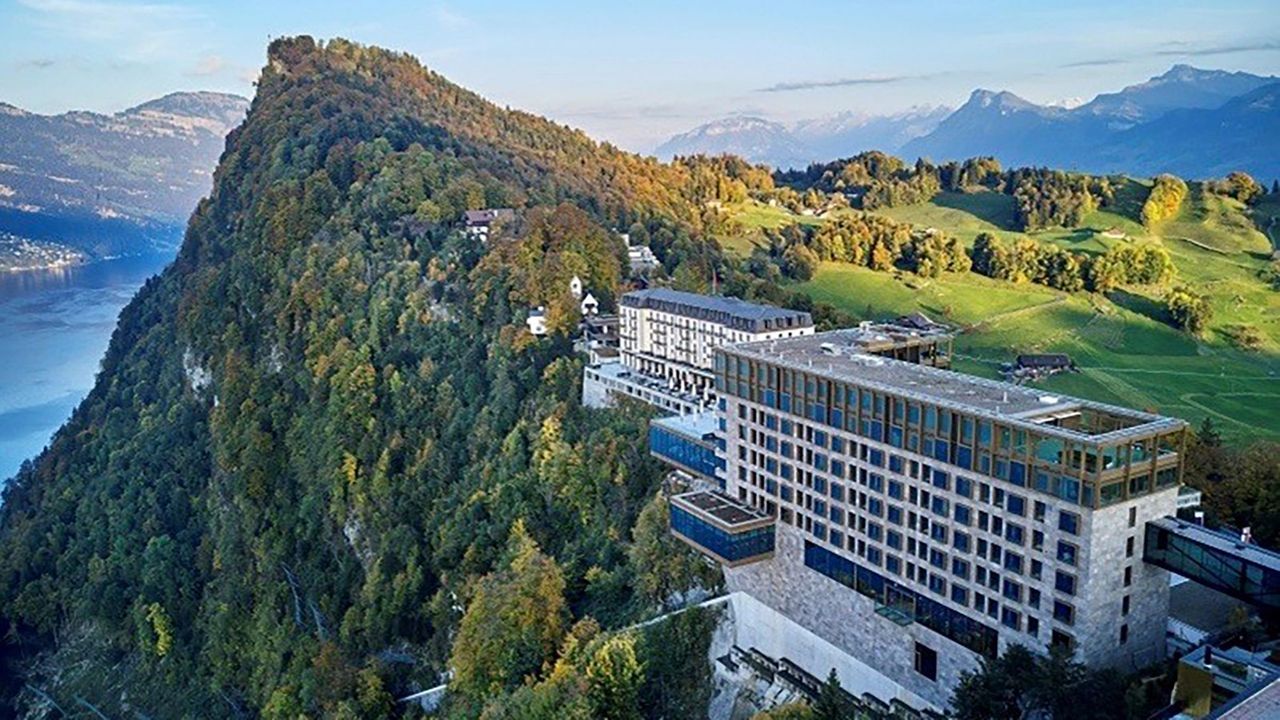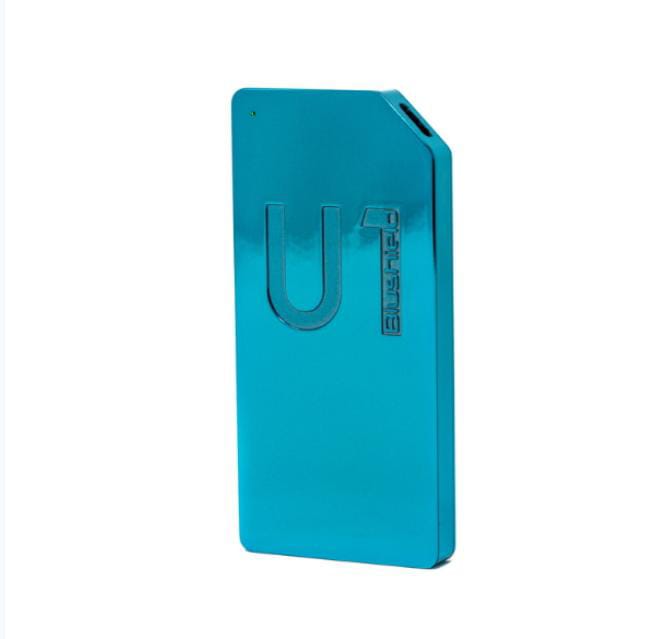Why Women Are Leading the Global Wellness Travel Boom

Travel used to be about visiting landmarks, ticking off lists, and buying souvenirs. Today, it’s shifting toward something else—health, reflection, and recovery. At the front of this change are women, who are driving the demand for wellness-focused trips. And while leisure often takes different forms, from hiking trails to even casino lightning roulette, wellness travel shows a wider move toward experiences that restore energy rather than drain it.
Why the Demand Is Rising
Many women manage competing responsibilities: careers, caregiving, and personal lives. This mix often leaves little room for downtime. Wellness travel answers that need by combining rest with purpose. It’s not just lying by a pool; it’s about eating better, moving more, and finding environments that support health.
This isn’t a niche market. Data from tourism boards and industry reports shows wellness travel growing faster than traditional tourism. Women are not only joining this shift—they are setting its direction.
Women as Planners and Influencers
In most households, women are still the primary decision-makers when it comes to trips. Their choices decide where families go, what activities are planned, and how money is spent. This influence extends beyond family vacations. Groups of friends and even corporate travel often follow the same pattern, with women shaping itineraries.
Because wellness is now a higher priority, destinations that offer these experiences benefit directly. Resorts, rural retreats, and even urban hotels are adjusting to meet that demand.
A Broader View of Wellness
Wellness travel is not limited to spas or yoga sessions. Women are helping to push the definition wider. Some want hiking in national parks. Others look for cultural immersion, such as food traditions or craft practices tied to well-being. The key point is that wellness is not treated as a single activity but as an approach to the entire trip.
This shift also shows that wellness travel is not about luxury alone. It can be active, educational, or even community-focused. Women are asking for experiences that leave them with tools they can use at home, not just memories.
Solo Travel as a Growth Area
A significant trend is the rise of solo wellness travel. More women are choosing to travel alone, not because they lack company, but because they want full control over their time. For many, this is about independence as much as recovery.
The industry is reacting. Retreats and travel providers now offer packages that prioritize safety, flexibility, and community for women traveling solo. These changes have made wellness travel one of the fastest-growing segments for independent travelers.
Economic and Social Impact
The influence of women on wellness travel is also financial. Their spending is steering money toward businesses that promote sustainability, local food production, and cultural exchange. Unlike traditional tourism, which can sometimes strain local systems, wellness-focused travel often encourages slower, more mindful spending.
This has wider effects. Communities benefit when visitors value health and culture, not just convenience. It also forces the tourism sector to invest in long-term infrastructure instead of quick attractions.
Challenges to Growth
Despite strong demand, wellness travel has limits. Cost remains a barrier, especially as many wellness-focused trips are priced higher than standard tourism. There is also the risk of over-commercialization. Some destinations market themselves as wellness hubs without offering much beyond basic services.
Women, however, are careful consumers in this space. They look for authenticity and value. That pressure means providers who cannot meet expectations are unlikely to retain customers.
Looking Ahead
The rise of wellness travel shows a shift in how people view time away from home. For women, in particular, travel is not just an escape but a tool for health and balance. This approach is reshaping the tourism industry, influencing how destinations plan and how businesses invest.
Instead of treating travel as a break from life, wellness trips integrate travel into life’s bigger goals. That’s why women are not only leading the trend but also shaping the long-term future of travel.





